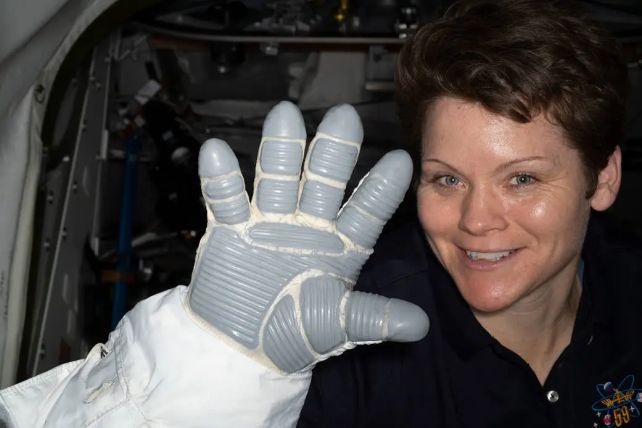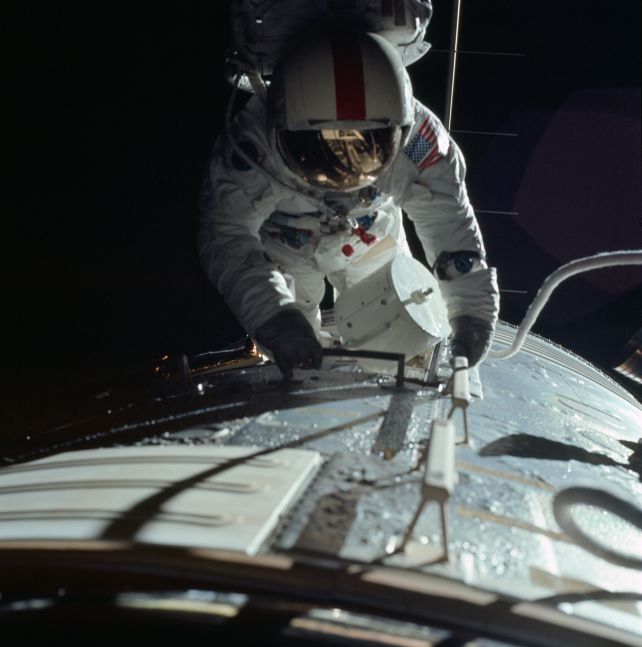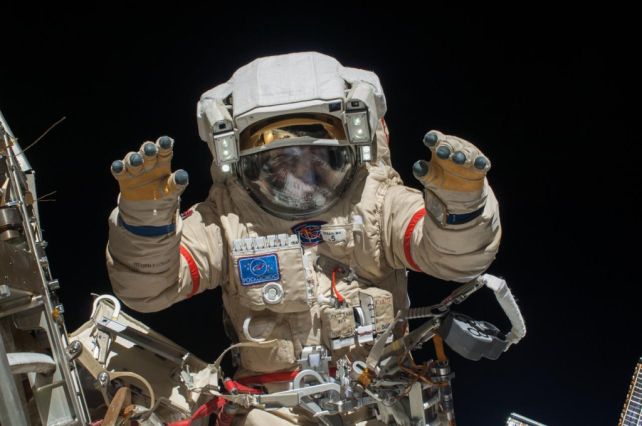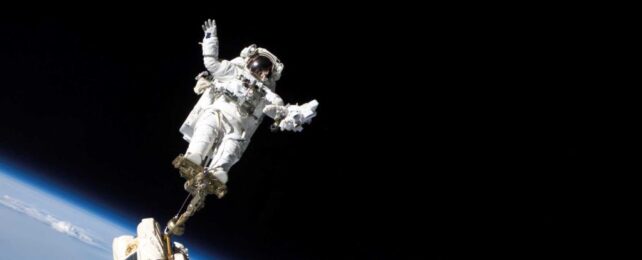Let's face it, going to space is havoc on the human body. We evolved in an Earth environment, over hundreds of millions of years; so take away the Earth environment and things start going a little awry.
There's bone and muscle density loss. There's vision problems from too much fluid in the brain; without gravity, bodily wetness is free to just float around inside willy-nilly. There's the problem with urination; turns out gravity is pretty essential to our sense of when we need to pee. There's possible erectile dysfunction (and it's not for the reason you think).
And in a particularly grotesque downside to spaceflight, after performing an extravehicular activity (EVA), more commonly known as a spacewalk, a surprising number of astronauts' fingernails just… fall off.
Yep. It's gross. The technical term is onycholysis and the problem seems to have a lot more to do with atmospheric pressure than gravity.
In space, there's very, very little ambient pressure, and that's sort of not very good for the human body. In order to be as safe as possible while performing EVAs, an astronaut's space suit needs to be pressurized. So far, so good. But when it comes to the hands, this becomes a problem.

"Injuries to the hands are common among astronauts who train for extravehicular activity (EVA)," wrote a team led by epidemiologist Jacqueline Charvat of Wyle Laboratories in a 2015 conference paper.
"When the gloves are pressurized, they restrict movement and create pressure points during tasks, sometimes resulting in pain, muscle fatigue, abrasions, and occasionally more severe injuries such as onycholysis. Glove injuries, both anecdotal and recorded, have been reported during EVA training and flight persistently through NASA's history regardless of mission or glove model."
An EVA can be quite a long day stuck in a spacesuit – the longest ever recorded was 8 hours and 56 minutes. (Yes, before you ask, there is a spacesuit solution to the pee thing.) That's a long time to be wearing gloves that can cause and exacerbate hand injuries.
Hands are pretty important, especially if you're performing manual tasks outside the space station that can't be done any other way. Lots of thought has been given to this problem. As Charvat and her team noted, it seemed to occur no matter the design of the glove. And figuring out what exactly causes the problem has proven surprisingly difficult.

In 2010, a team of researchers studied 232 hand injuries reported by astronauts, and found a significant correlation between the width and circumference of astronauts' metacarpophalangeal joints – that's the knuckles at the top of your fist, where your palm and fingers meet – and their injury risk.
Their study suggested that spacesuit gloves limit the mobility of these knuckles, which places more pressure on the fingers, resulting in reduced blood flow, tissue damage, and onycholysis.
Spacesuit gloves are actually fairly complex. They're constructed from a minimum of four layers: the comfort layer that is in direct contact with the skin; a pressure bladder layer that inflates and stiffens when the glove is pressurized; a restraint layer to counter the stiffness of the pressure bladder, to allow movement; and the outer Thermal Micrometeoroid Garment layer, the outer skin of the spacesuit that protects the wearer within from, well, space. This outer layer is made up of several layers all on its own.

To try and narrow down the risk factors associated with onycholysis, a team led by engineer Christopher Reid, formerly of Lockheed Martin, now at Boeing, studied onycholysis injuries in astronauts. Published earlier this year, their study examined 31 onycholysis injuries – 27 during training exercises, four during EVAs – that were reported by 22 astronauts.
They found the design of the glove did play a pretty significant role. Between the two glove types in their study, one was associated with 8.5 times the risk of fingernail loss. Most of the injuries occurred to the middle finger; glove sizing and middle finger length played a role, too. And onycholysis injury seemed more likely in women than men.
In all, the findings seem to suggest that poor glove fit may play a role… although, for NASA astronauts at least, gloves are personally fitted to each wearer. But a solution may finally be in sight, with new Artemis-era spacesuits looming on the horizon.
So that's one less thing to be worried about. Now someone needs to figure out what to do if you need to burp. Astronauts sure must be dedicated to their jobs.
